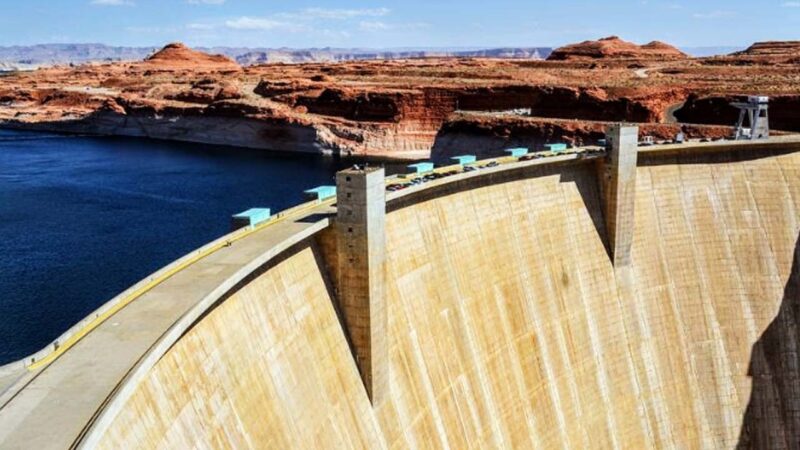A dam blocks water or subsurface streams. Dams provide reservoirs that can be used for irrigation, human consumption, industry, aquaculture, and navigation. Architectural innovation let you experience the dams’ lovely surroundings. Dams are popular tourist destinations.
The dams highlight the country’s ability to manage water and generate electricity. Dams have a 5,000-year history. Egyptians and Mesopotamians first built dams and manipulated water supplies. The dams’ fascinating history has made them a tourist attraction.
Large dams are built after the industrial revolution. America has 84,000 dams. The tallest dams are among them.
List of Tallest Dams in the US
Let’s go through the list of the tallest dams in the US.
1. Oroville Dam (770 ft), California
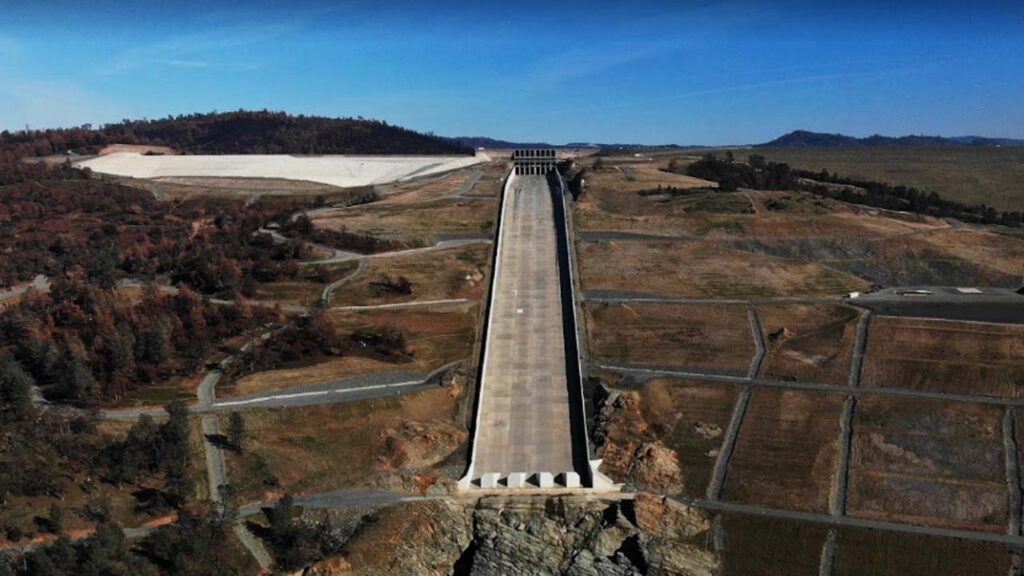
Orville Dam is known as an earth-fill embankment dam situated on the Feather River, east of the Sacramento valley. It is the first tallest dam in the US and built by the California Department of Water Resources. The main purpose of building it was for water supply, hydroelectricity generation, and flood control. In 1960, thousand of construction workers aid in the project even though more than two major accidents happen. It was open in 1968.
Towering nearly 800 ft, the dam creates the water reservoir known as Lake Oroville. It is the second-largest man-made lake in California. Lake Oroville consists of a visitor center, Feather River fish hatchery, and a nature center, which attracts tourists every year.
2. Hoover Dam (726 ft), Nevada-Arizona
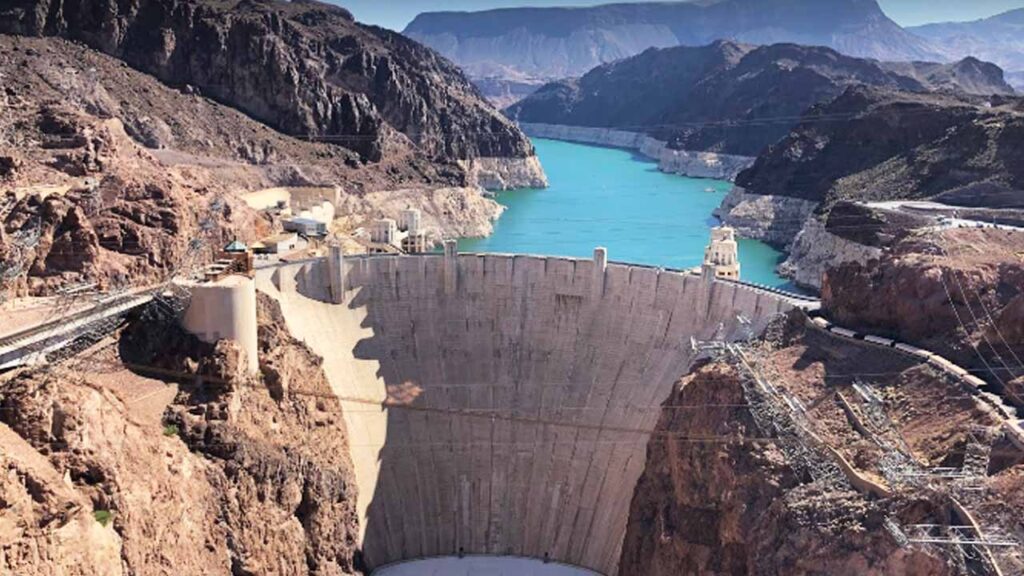
Known as the American icon and symbol of great engineering achievements, Hoover Dam is the second tallest dam in the US, a concrete arch-gravity dam. It is 43 ft shorter than Oroville Dam. It costs $49 million. With its 60-story structure, it was the largest reservoir that provided millions of Americans with drinking water. The reservoir was named Lake Mead.
Hoover Dam is known for its artificial lake, museum, hiking place, and so on, which attracts more than 1 million tourists every year.
3. Dworshak Dam (717 ft), Idaho
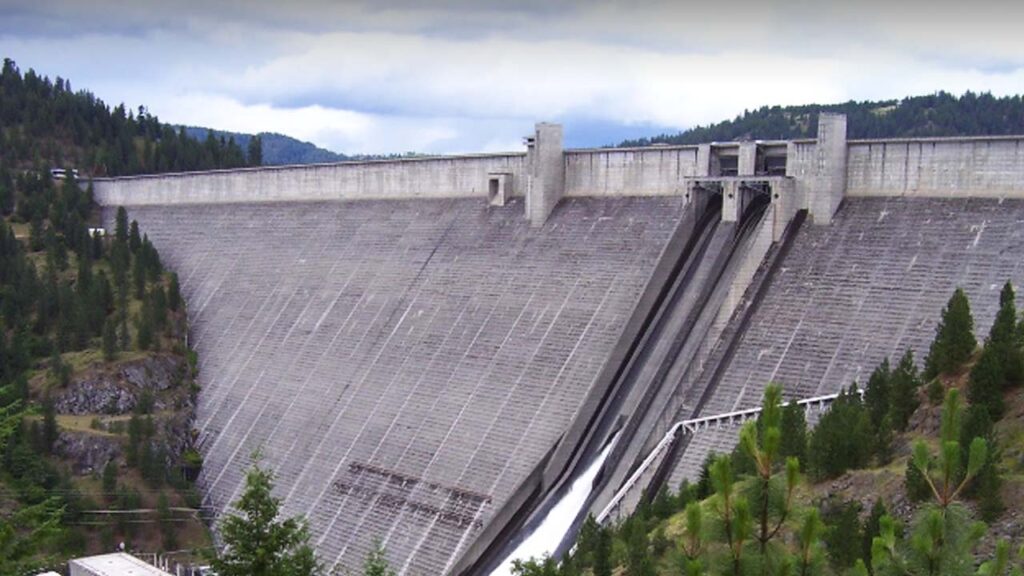
Situated in Clearwater County, Dworshak Dam is the third tallest dam in the US. It is the largest straight-axis concrete dam. It was opened in 1973, and the construction cost was $327 million dollars. It was made for reservoir storage and hydroelectric power generation. It was one of the seven dam sites on the Snake, Salmon, and Clearwater River system.
It is one of the controversial dams from the very beginning. It was said to block fish migration, and the reservoir would flood a large portion of the winter range of elk in the Clearwater Basin. Though, some actions were taken against these problems, especially the fish hatchery.
4. Glen Canyon Dam (710 ft), Arizona
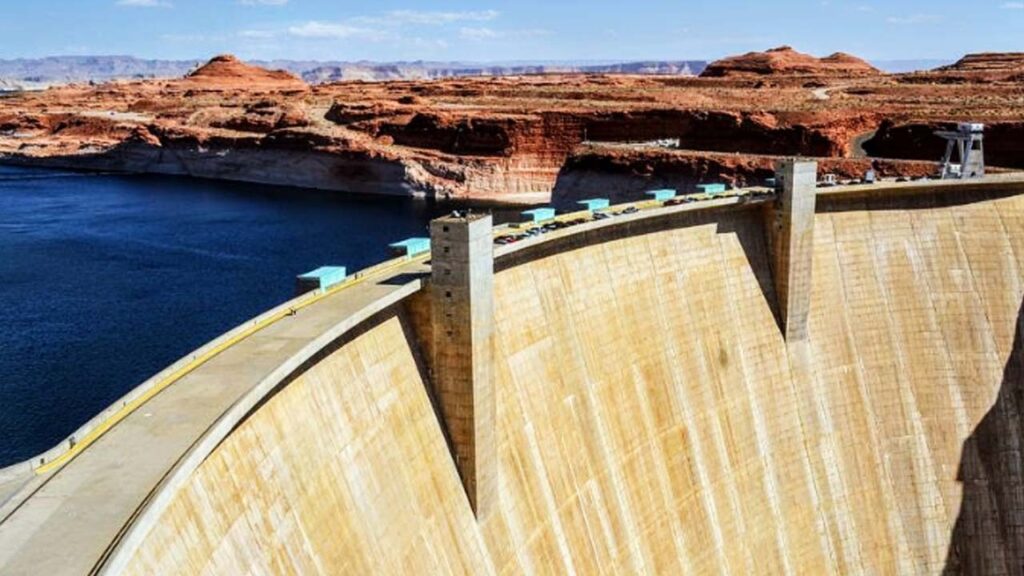
On the Colorado River in northern Arizona, Glen Canyon Dam is the concrete arch-gravity dam. It is the fourth tallest dam in the US. It was opened in 1966 with a construction cost of $135 million dollars. The lake was created by the dam named after John Wesley Powell – Lake Powell.
It is still a controversial issue due to the modern environmentalist movements as it was inside the federally protected Dinosaur National Monument. The reason behind its construction was the source of water for the southwestern US.
5. New Bullards Bar Dam (645 ft), California
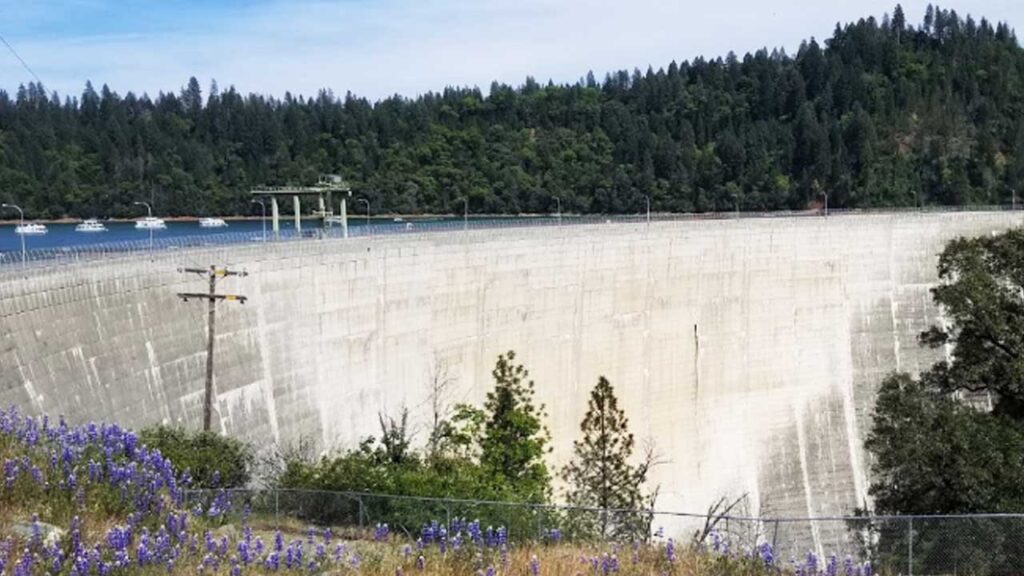
Built on the North Yuba River, New Bullards Bar Dam is the fifth tallest dam in the US. It is constructed as a variable radius concrete arch dam in 1960. The Bullards Bar Reservoir holds 969,6000 acre-ft of water. The reason for the construction of this dam is hydroelectric power generation, irrigation, and drinking water.
The dam is a tourist site. Every year people visit this concrete arch dam.
6. New Melones Dam (625 ft), California
California has a lot of dams. New Melones Dam is one of them, which ranked sixth tallest dams in the US. It is 625 ft tall earth and rock-filled embankment dam in Stanislaus River. It was opened in 1979. The lake created by this dam has the same name.
It acts as the fourth largest reservoir of the state. Environmentalists and river recreationists oppressed the built; however, they have to compromise by limiting the water amount. It was mainly designed to provide irrigation water to the fertile agricultural region.
Also, it provides hydropower generation, flood control, and recreation benefits. It also got the nickname of “green dam” because of its favor towards nature after a long debate between governments and environmentalists.
7. Mossyrock Dam (606 ft), Washington
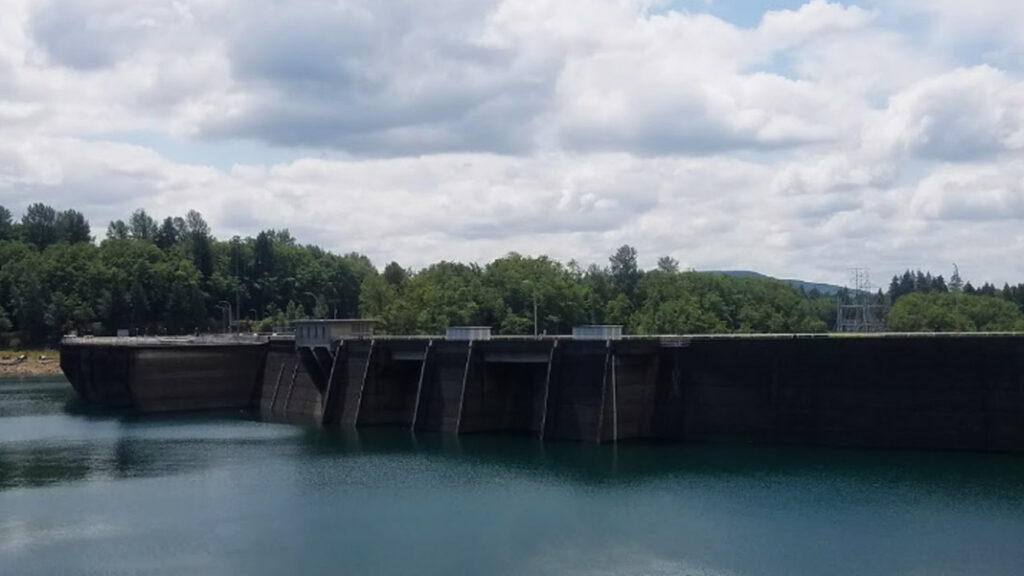
The seventh tallest dam on my list is Mossyrock Dam. In 1968 it was constructed as a concrete arch-gravity dam on the Cowlitz River. The reservoir is called Riffe Lake. The purpose of this dam is flood control and hydroelectric production. It supplies 40% of Tacoma Power’s electricity. This arch-gravity dam cost $117 billion during the construction in 1960.
Before Tacoma Power started this project, The Washington State Legislature blocked this project due to the Cowlitz River’s fish sanctuary. Several Town was evacuated due to the rise of dam waters that includes Riffe, Nesika, and Kosmos.
8. Shasta Dam (602 ft), California
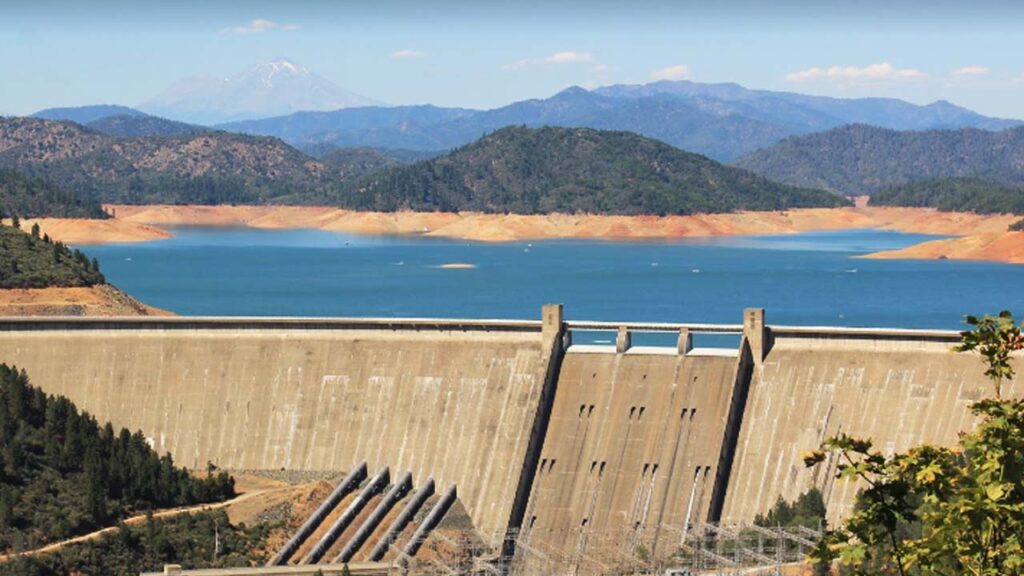
Another Californian dam, the eighth tallest dam in the US, Shasta Dam, was built in 1945. It is also a concrete arch-gravity dam. The Shasta Lake stores water for long-term water storage, flood control, hydroelectricity, and protection against saline water intrusion. During its construction, in 1937, the dam provided jobs in the time of the Great Depression.
It played an important role during World War II. That time, it provides electricity in the factories.It may have some roles in WWII, but it floods the native tribal lands. Also, it harms the Pacific salmon population since 1943. The structure blocked the migration of salmon. Moreover, releasing water from a higher elevation caused the temperature of the river to rise.
9. New Don Pedro Dam (585 ft), California
An earthen embankment dam across the Tuolumne River, New Don Pedro Dam is the ninth tallest dam in the US. It is 585 ft high. The main reason for this dam is irrigation storage, flood control, and hydroelectricity production. The construction was completed in 1971, which replace the 1924 Don Pedro Dam. The cost was 49.7 million dollars at that time.
10. Hungry Horse Dam (564 ft), Montana
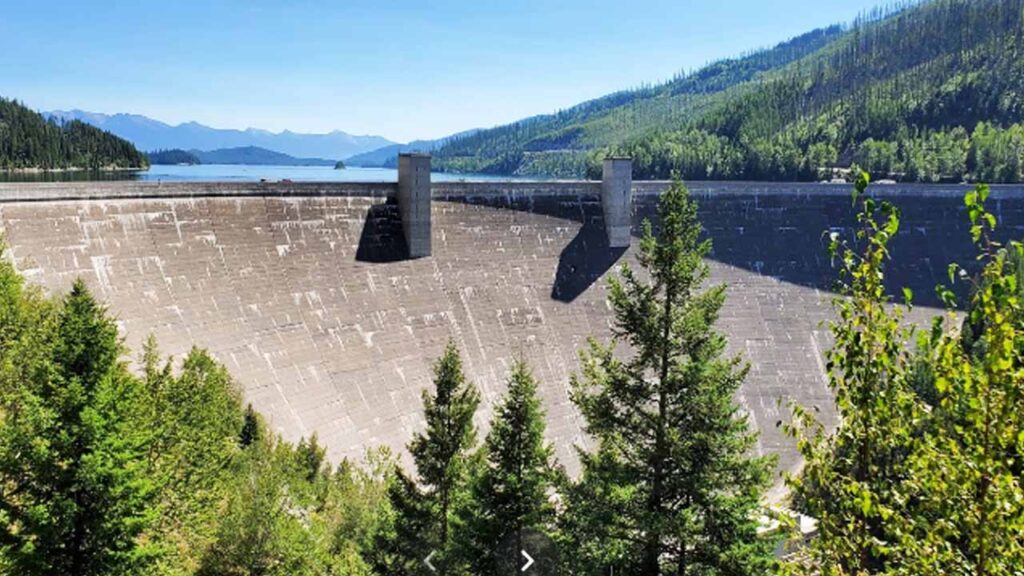
On the South Flathead River in the Rocky Mountains of northwest Montana, Hungry Horse Dam is situated since 1953. It authorized irrigation, flood control, navigation, streamflow regulation, hydroelectric generation, along recreation. It provides water for the western United States. It also attracts lots of tourists because of its beautiful natural views. The spillway creates a mysterious hole that attracts tourists from all over the world.
Dams are important for numerous reasons. Despite being important, they harm nature. Dams impede fish migration paths. Despite various cures, a minority of people still suffer. Some of the US government’s initiatives were late.
Interested in more similar article? Check out these:

